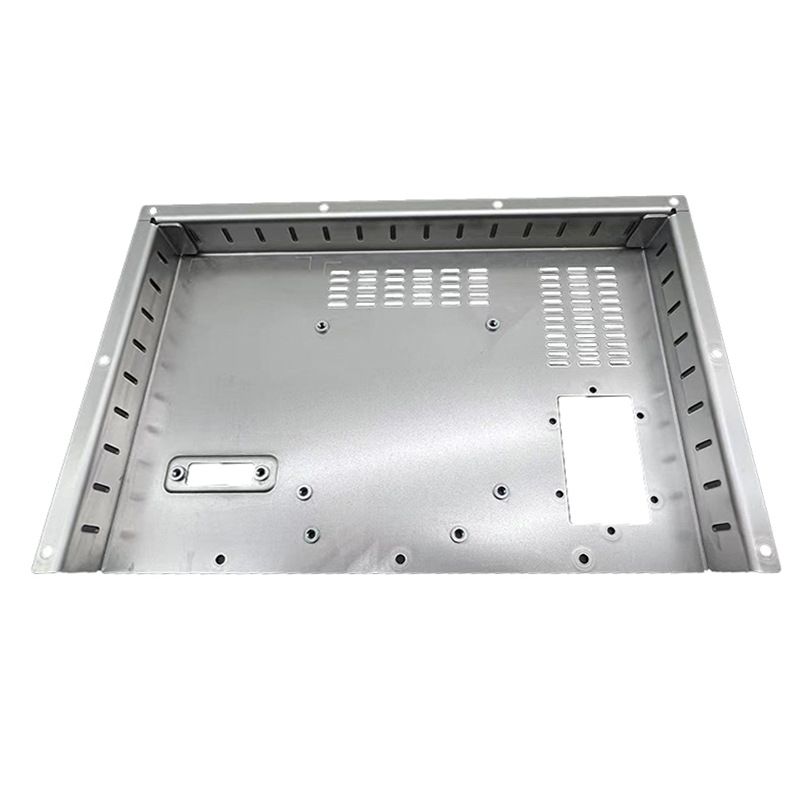- English
- Español
- Português
- русский
- Français
- 日本語
- Deutsch
- tiếng Việt
- Italiano
- Nederlands
- ภาษาไทย
- Polski
- 한국어
- Svenska
- magyar
- Malay
- বাংলা ভাষার
- Dansk
- Suomi
- हिन्दी
- Pilipino
- Türkçe
- Gaeilge
- العربية
- Indonesia
- Norsk
- تمل
- český
- ελληνικά
- український
- Javanese
- فارسی
- தமிழ்
- తెలుగు
- नेपाली
- Burmese
- български
- ລາວ
- Latine
- Қазақша
- Euskal
- Azərbaycan
- Slovenský jazyk
- Македонски
- Lietuvos
- Eesti Keel
- Română
- Slovenski
What steps are involved in the laser cutting process?
2024-09-27

What are the different types of Laser Cutting?
There are three main types of laser cutting, namely CO2 laser cutting, neodymium (Nd) and yttrium-aluminum-garnet (ND-YAG) laser cutting and fiber laser cutting. Fiber laser cutting has become a popular choice for many manufacturers due to its enhanced speed and precision, making it ideal for a variety of industrial applications.What are the Steps Involved in the Laser Cutting Process?
The laser cutting process involves a number of steps. First, the material to be cut is placed on a cutting bed. Next, the laser beam is adjusted to the appropriate settings, including power, speed, and focus. Then, the laser is switched on, and the beam is guided over the material, cutting out the desired shape. After the cutting is complete, any excess material is removed, and the finished product is ready for further processing.What are the advantages of Laser Cutting?
Laser cutting offers a number of advantages over traditional cutting methods. It allows for faster, more precise cutting, as well as greater flexibility in the design process. Because it is a non-contact process, laser cutting does not require expensive tooling or fixtures, which decreases production costs. Additionally, because the laser beam is so focused, it minimizes the amount of material wasted in the cutting process.Conclusion
Laser cutting service is a powerful tool that offers many benefits to manufacturers, including improved precision, faster production times, and reduced costs. With the potential for intricate designs and shapes, laser cutting adds value to many industrial applications and is an excellent option for sheet metal fabrication. Dongguan Fuchengxin communication technology Co., Ltd. is a company that specializes in providing high-quality laser cutting services. Our services are powered by state-of-the-art technology and a highly skilled team of professionals. We pride ourselves on delivering exceptional quality products to our clients and are committed to meeting their unique needs. To learn more about our services, please visit our website at https://www.fcx-metalprocessing.com or contact us at Lei.wang@dgfcd.com.cn.References
Brenner, B. C. (2008). Process optimization of laser cutting based on cutting speed and quality. Journal of laser applications, 20(4), 181-187.
Makovicky, P., & Mači, B. (2015). Laser cutting of advanced materials. Journal of Materials Processing Technology, 221, 50-80.
Vacha, P., Vojtech, D., & Necas, D. (2016). A study of process parameters and effect of laser cutting on bendability of thin sheet metals. Thin Solid Films, 620, 228-234.
Spielman, T., & Babu, S. S. (2016). Modeling of material removal rate, kerf width, and surface roughness in laser cutting of Inconel 625 sheets. The International Journal of Advanced Manufacturing Technology, 82(1), 383-401.
Li, L., Lu, C., Williams, J., & Li, L. (2012). Microstructure and mechanical properties of laser welded dissimilar metals between magnesium alloy and aluminum alloy. Journal of Materials Processing Technology, 212(8), 1639-1653.
Chryssolouris, G. (2018). Manufacturing systems: theory and practice. Springer.
Zhang, W. (2014). Research on laser cutting technology and safety analysis of cutting fume pollution. Advanced Materials Research, 1055, 267-271.
Koštial, P., & Janota, M. (2013). Laser cutting of titanium sheet metal in nitrogen atmosphere. Journal of Cleaner Production, 44, 231-241.
Grado-Caffaro, M. A., & Grado-Caffaro, M. (2019). Quality evaluation of the laser cutting 6061 aluminum alloy. Nicholas Journal of Engineering and Technology, 1(1), 30-37.
Huang, H. M., & Cheng, C. H. (2014). Influence of laser polarization condition on laser cutting of anisotropic conductive film. Microsystem Technologies, 20(3), 451-456.
Cai, X. J., Du, D. X., & Li, L. P. (2013). Research on the cutting performance of SiC ceramic using near-infrared femtosecond laser. Optics & Laser Technology, 51, 118-124.



